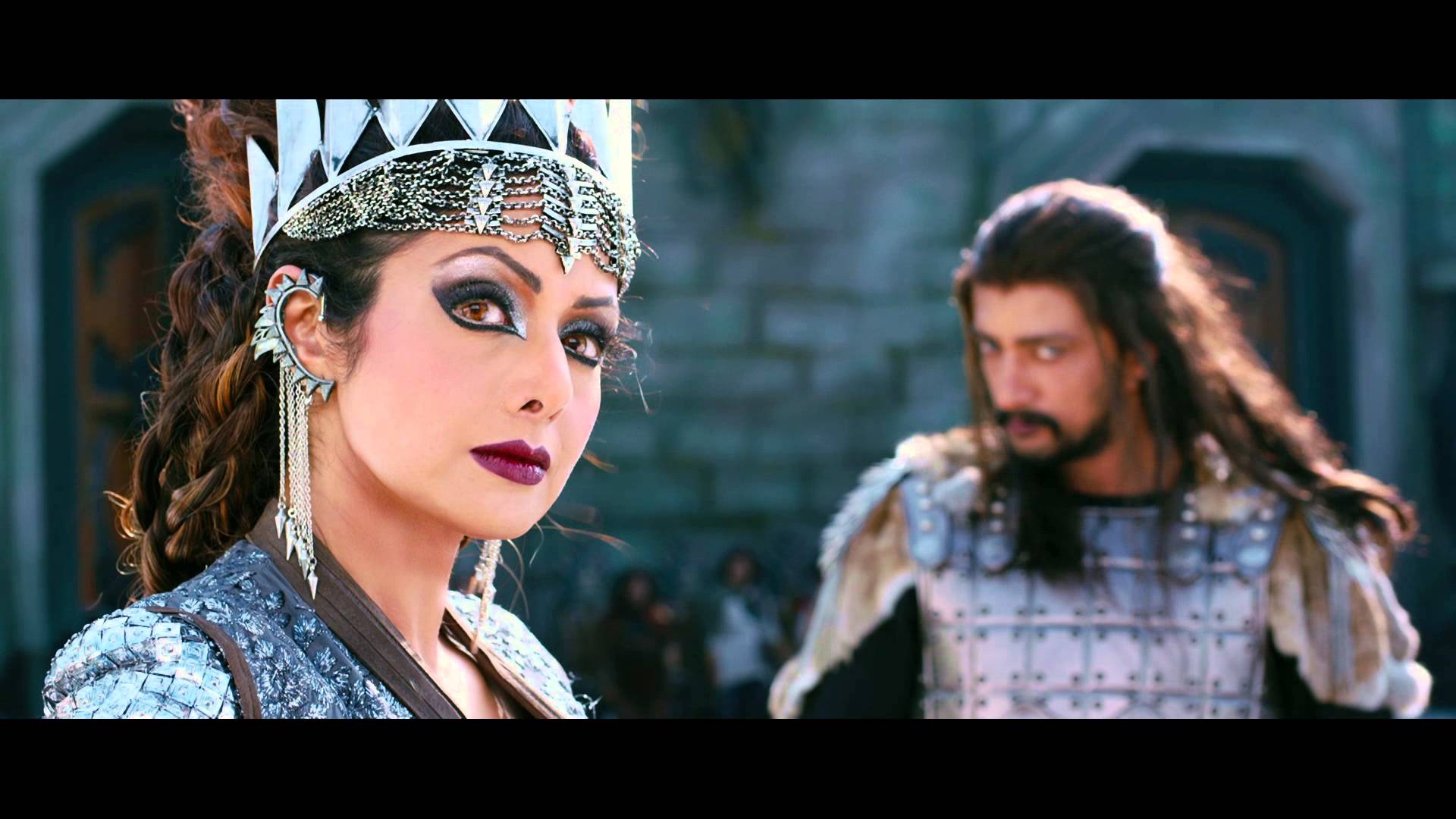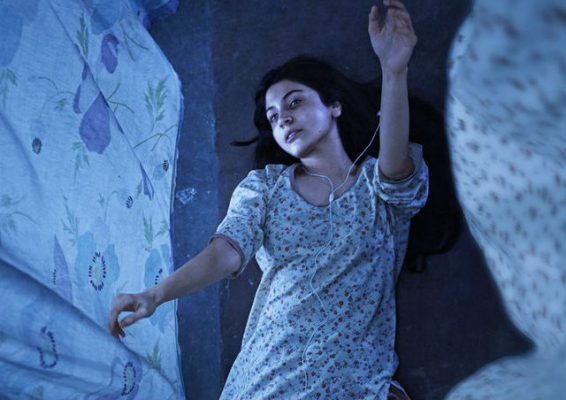My knowledge of Hansika Motwani is extremely limited, I fully admit. I know of her film roles (only two of which I’ve seen), her choice of attire and her sense of style. I know of her past relationship with a Tamil actor, and her subsequent break-up. All of which I gleaned from Tamil magazines over the past few years.
Last Sunday though, all that changed. I woke up to messages inviting me to ‘check out’ the link with hot pictures of Hansika.
I passed.
A few hours later, I received yet another message; this time, a gentleman graciously offered to send me the link of the video, lest I miss out. While I declined yet again, it soon became obvious, that I was among the minority.
*****
By Monday morning, news of the video had spread like wildfire. Understandably, Hansika was nowhere to be found.
Also missing was public outrage (readily given for other issues). While people took to their social media accounts to share news of the damaging video and in certain instances, even share links to it, nobody raised their voice in support for the actress.
Soon enough, reports that it was not Hansika, but a lookalike after all, trickled in. Morphing happened, they said. Just as it did in the cases of Radhika Apte, Lakshmi Menon, Sri Divya, Mrithika, Trisha Krishnan and yes, Silambarasan.
*****
For years, we’ve been a silent witness to these invasions of privacy. Forty years ago, at a time when print media ruled supreme, the manjal pathirikkai – scandal sheets with obscene images of leading actresses of the time – satisfied voyeurs. For the price of two rupees, you could take home flimsy magazines replete with ‘glamourous’ images of popular actors and actresses. Mostly, the latter.
With internet and Photoshop though, the voyeurs began a whole new exercise. Faces of actresses could be morphed onto images of a scantily clad model. Actress Aparna Nair was one of those victims. Her face was morphed onto an image of a bikini-clad model, and it went viral on social media. But she handled it deftly, and took a light-hearted jab at the whole issue by posting her childhood photo in a two-piece. “Folks, here’s my one and only bikini picture till date…fortunately and unfortunately,” she posted on Facebook.
*****
And so, the fappening (here’s an enlightening description on Urbandictionary) slowly spread its roots. Jennifer Lawrence was perhaps its mostly high profile victim. She gave an emotional account of the turmoil she faced after her nude photos became public. “I was just so afraid. I didn’t know how this would affect my career.” Fellow artistes from the industry rallied behind her and condemned the actions of the hackers.
Closer home though, the actresses who were victims of such attacks were content issuing a token denial via their spokespersons. Nothing was spoken against the crime, and the continued silence was misconstrued by the media to be a sign of their complicity in a more heinous crime. They are routinely accused of leaking it themselves in the name of publicity. What precious little commentary there is on social media about the leaks mostly blame the victim. “It’s bad that this happened, but those photos are not supposed to be there in the first place,” is the reaction.
Also the attitude that celebrities – especially actresses – are not really entitled to privacy. “Just because I’m a public figure, just because I’m an actress, does not mean I asked for this,” Jennifer had famously lashed out last year. “It does not mean that it comes with the territory. It’s my body, and it should be my choice, and the fact that it is not my choice is absolutely disgusting.”
******
One of the main reasons the victims of such scandals retreat behind a wall of silence is because they’re afraid of backlash from the society, says psychiatrist Virudhagirinathan. “Not only actresses, even normal individuals subjected to such an invasion of privacy, completely disappear from public life for a while. They’re afraid of how people will react to them. After all, almost everyone has seen their most personal pictures or videos. It is an extremely painful process.”
The ‘blame the victim’ attitude is also what makes it so difficult for women to speak out, says a spokesperson for the Cyber Crime Cell in Chennai. “Usually, in cases like these, the women who’ve been victimized are always portrayed in a negative light by the society.” This means that very few people even dare to seek police help. “When normal women face such issues, imagine the case of celebrities. Most of them consider it safe to question the authenticity of the compromising photos and leave it at that.”
As for those behind these privacy violations, Virudhagirinathan opines that misogyny is often the motivation. “They are predominantly men with very low emotional quotient. These individuals want to feel powerful over women and seek to trivialize their position in society by distributing such obscene images.”
Recommended
The media is also at fault, he says. Media outlets go overboard at times when such leaks happen. The incidents provide them with an opportunity to draw more visitors. Only a few refrain from doing so. As Jennifer Lawrence observes in her interview to VF, “…just the fact that somebody can be sexually exploited and violated, and the first thought that crosses somebody’s mind is to make a profit from it. It’s so beyond me. I just can’t imagine being that detached from humanity. I can’t imagine being that thoughtless and careless and so empty inside.”
The good news is that the law does not share the lax standards of the media on such privacy violations. The cyber-crime spokesperson reveals, “In an incident where private information gets leaked, they are punishable on two counts. One, privacy violation. Second, transmission of obscene information over electronic media. Both offences can warrant up to two years of imprisonment and a hefty fine.”
*****



